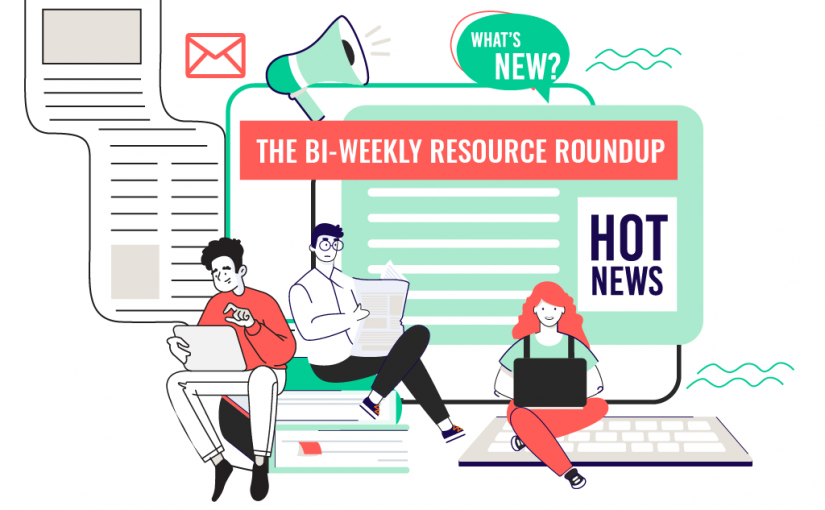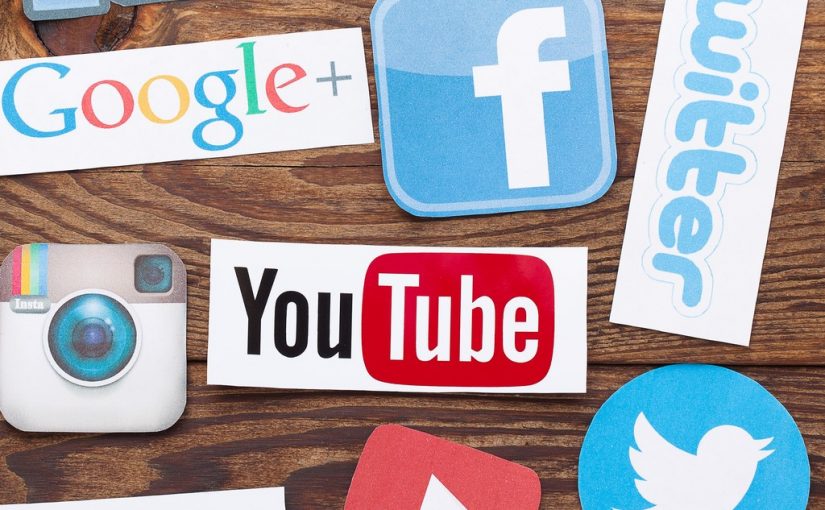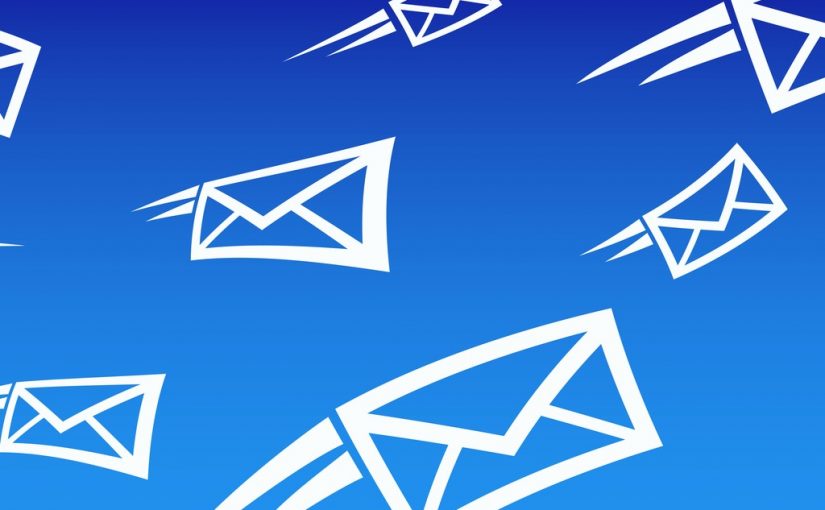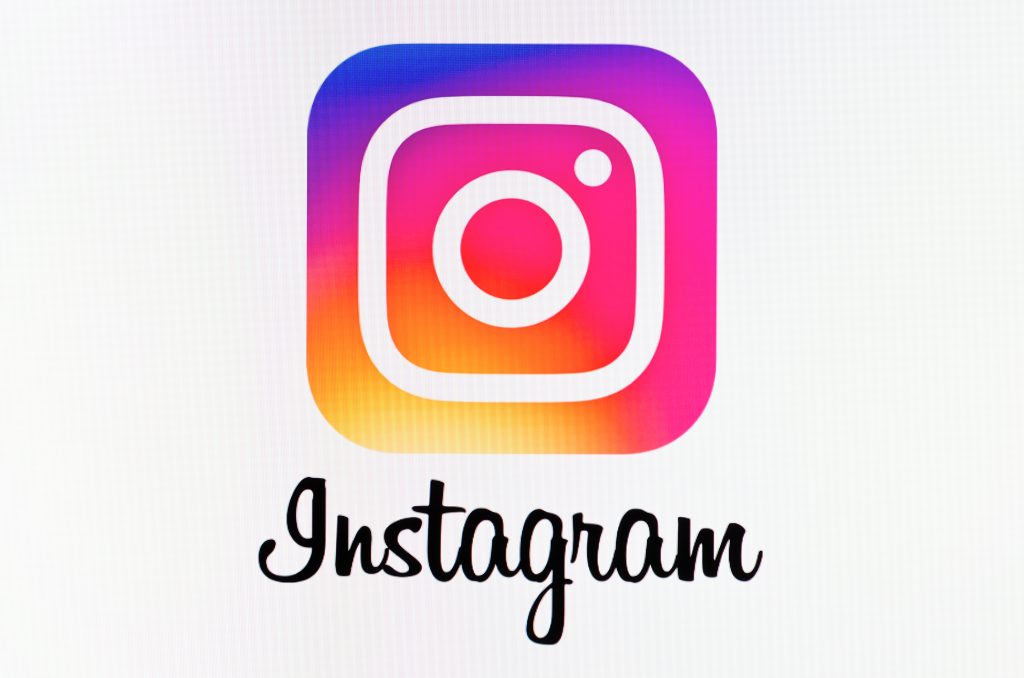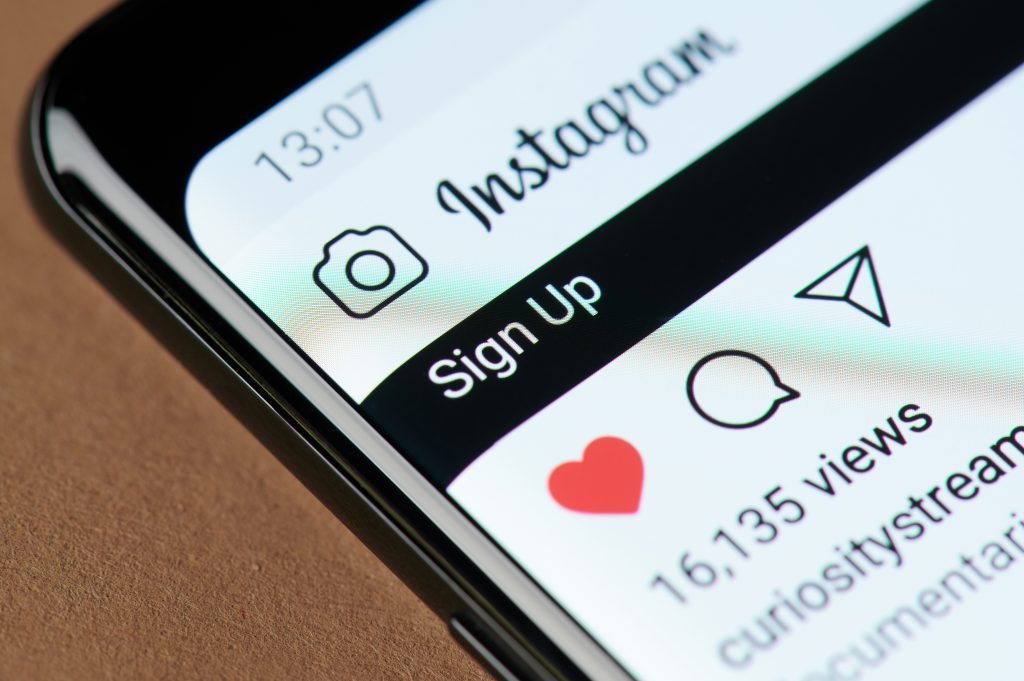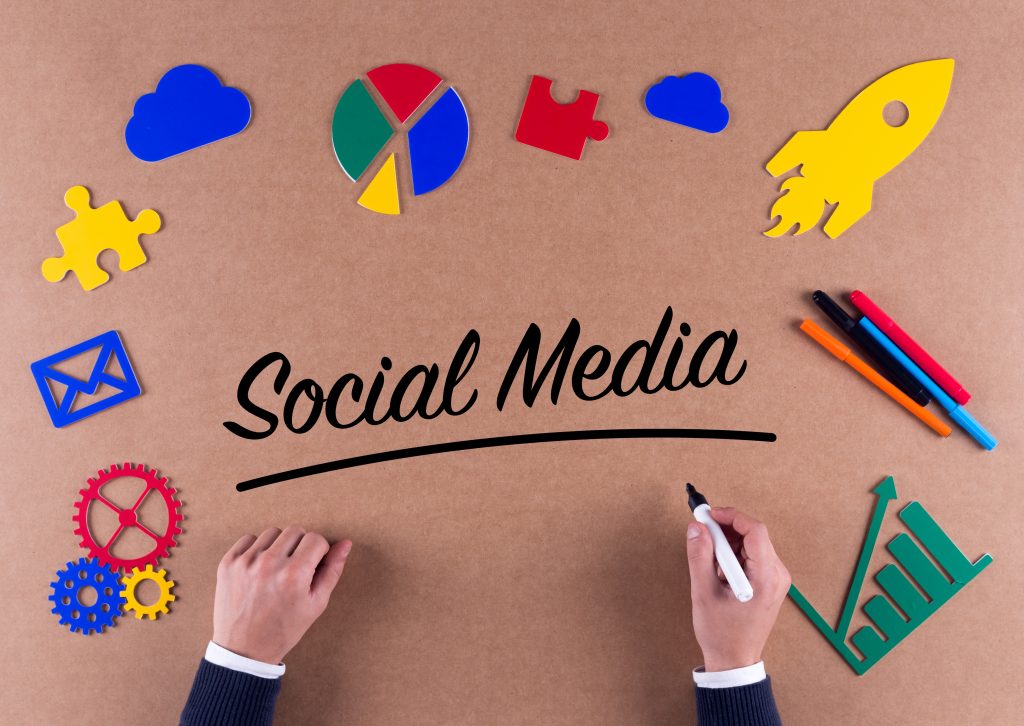No one visits the store that’s hidden on a back street without a sign by the door. Most people like to do their shopping in just a few places, whether that’s at the mall or online. If you’re operating a business in 2021 and you don’t have a social media presence, that’s almost like choosing to open your store in the middle of nowhere.
To attract more new customers and keep your current customers engaged, you need to make sure people can find you and that you have a strong social media community. There are plenty of platforms out there, but it’s important that you start with the apps where your target market customers are spending their time. Once you’ve found out where your customers are, follow these five steps to grow your community.
Be Easy To Find

First, you need to make it easy to find you. It’s important that you’re consistent across all platforms, since you might need to run both a Facebook and a Twitter page, for example. Use the same page name wherever you can and make it obvious in the images you use as well that it’s the same company.
Include icons that link to all your social media pages on your website. Make those icons very easy to find. This goes both ways; you also need to make sure that it’s easy to find your website on your social media pages.
You should also make it easy for customers to find your physical business location as well (if you have one). Post your hours clearly, as well as your phone number and email address. You should be both easy to find and easily reachable.
Post With Purpose

Posting with purpose is the most important step in growing your social media community engagement. If your content isn’t adding value to the lives of your visitors and customers, then there’s a huge issue. Spamming customers with ads all the time or frequently asking them to take surveys is a sure way to lose your followers.
Research what your customers are interested in and develop a content calendar that takes their needs into account. Create posts that provide valuable information and that promote your business. You can include a helpful fun fact as the caption on an ad for a sale you’re running, for example. The important thing is to balance promotion with valuable information. Keep your followers informed and entertained if possible, and don’t over-promote.
Like And Reply

Once you have comments on your posts, it’s time to start liking and replying. You’ll want to delete comments from bots, if you get any, because they make it more difficult for your customers to communicate with you and each other.
Make sure you like each comment you receive and reply to it. If you receive a negative comment, you should diplomatically offer to resolve the issue. Always be polite and remember that anyone can screenshot anything that’s public.
By liking and replying to the comments your customers post, you’re showing that you care. This strengthens the relationship between you and your individual customers, which affects the whole community.
Sweeten The Deal

Once you have a dedicated following, you’ll notice that there are certain people who interact with your posts more than anyone else. On Facebook, these are the “Top Fans” of pages. You should definitely nurture these relationships.
Offer these customers coupons and explain to your whole social media community that you appreciate how they have consistently spent time interacting with your business. It’s a great way to thank your supporters while also incentivizing other followers to interact more often, especially if you directly state that more coupons are coming out in the future!
It’s also a smart idea to consider partnering up with influencers who can promote your business to your target customers. By sponsoring a post on an influencer’s page, you might get a lot more views, clicks, and purchases than you expect!
Be Personal

After planning out your posts with purpose, being personal is the next most important step in growing your social media community. By revealing details about yourself and your values, you will give your followers the opportunity to feel more connected to you.
Strengthening your relationship with your community is key. You want to have a good
relationship with the people who support your business. You want to learn from them and you want them to learn from you. There’s a reason why you started your business. Share what you’re passionate about and you’ll see how it helps you build your community.
Stay Consistent And Authentic
When you follow the steps of being easily findable, posting with purpose, liking and replying, sweetening the deal, and being personal, you’ll see how your social media community grows. Cultivating a social media community is a lot of work. You need to consistently follow a strategy while staying authentic It’s not easy, but it’s worth it. Social media can take your business to the next level.
















